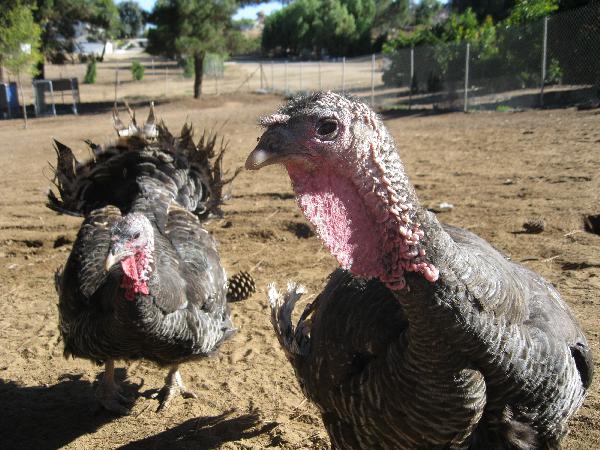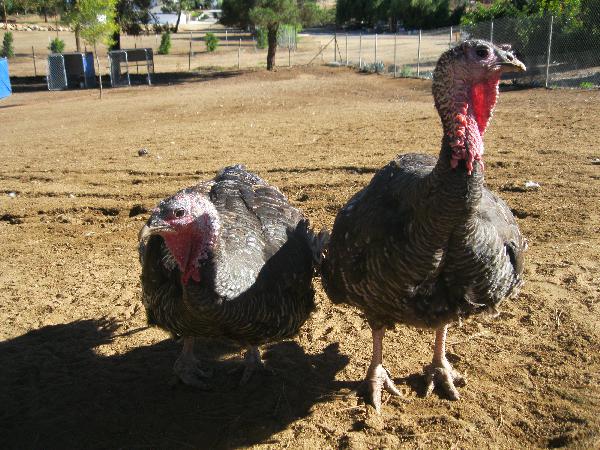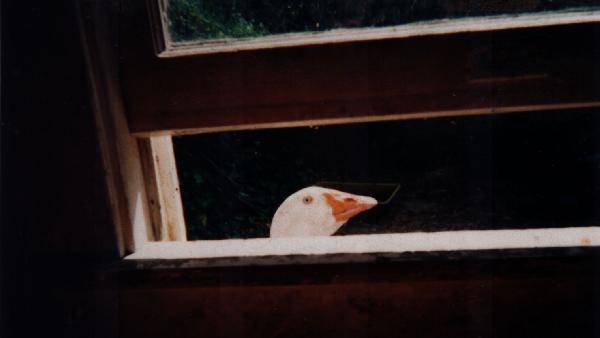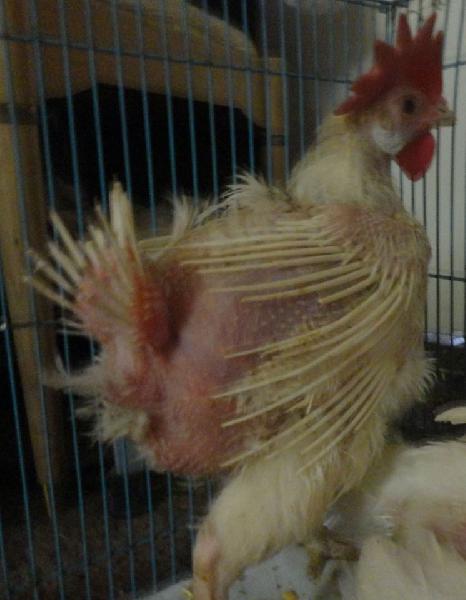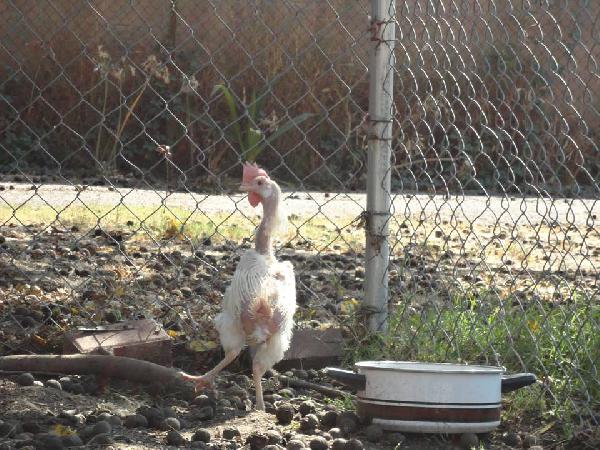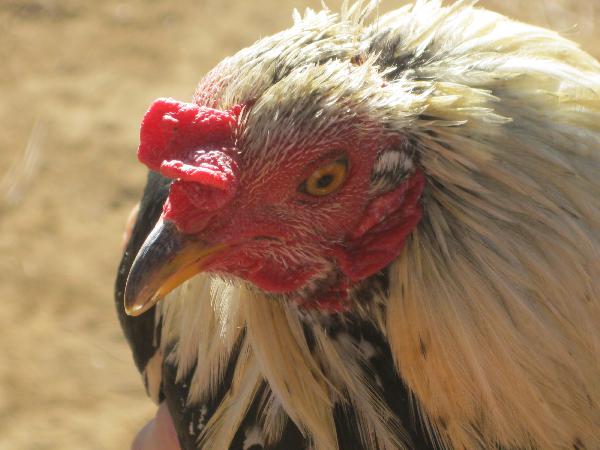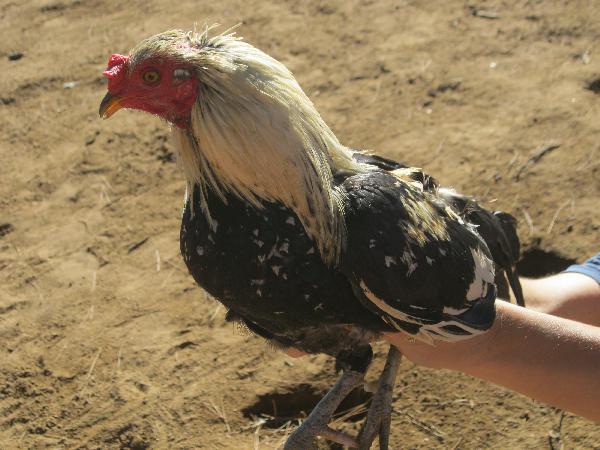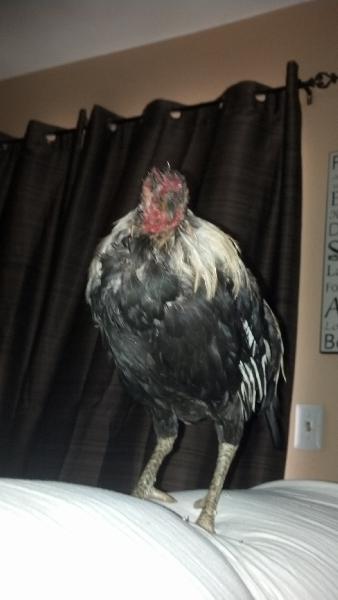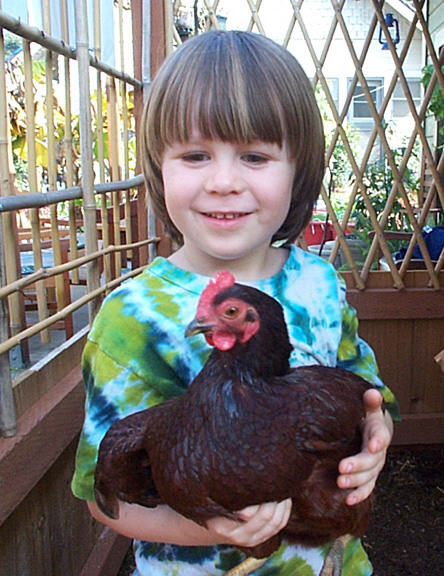| About Us | Contact Us | Calendar | Publish | RSS |
|---|
|
Features • latest news • best of news • syndication • commentary Feature Categories IMC Network:
Original Citieswww.indymedia.org africa: ambazonia canarias estrecho / madiaq kenya nigeria south africa canada: hamilton london, ontario maritimes montreal ontario ottawa quebec thunder bay vancouver victoria windsor winnipeg east asia: burma jakarta japan korea manila qc europe: abruzzo alacant andorra antwerpen armenia athens austria barcelona belarus belgium belgrade bristol brussels bulgaria calabria croatia cyprus emilia-romagna estrecho / madiaq euskal herria galiza germany grenoble hungary ireland istanbul italy la plana liege liguria lille linksunten lombardia london madrid malta marseille nantes napoli netherlands nice northern england norway oost-vlaanderen paris/Île-de-france patras piemonte poland portugal roma romania russia saint-petersburg scotland sverige switzerland thessaloniki torun toscana toulouse ukraine united kingdom valencia latin america: argentina bolivia chiapas chile chile sur cmi brasil colombia ecuador mexico peru puerto rico qollasuyu rosario santiago tijuana uruguay valparaiso venezuela venezuela oceania: adelaide aotearoa brisbane burma darwin jakarta manila melbourne perth qc sydney south asia: india mumbai united states: arizona arkansas asheville atlanta austin baltimore big muddy binghamton boston buffalo charlottesville chicago cleveland colorado columbus dc hawaii houston hudson mohawk kansas city la madison maine miami michigan milwaukee minneapolis/st. paul new hampshire new jersey new mexico new orleans north carolina north texas nyc oklahoma philadelphia pittsburgh portland richmond rochester rogue valley saint louis san diego san francisco san francisco bay area santa barbara santa cruz, ca sarasota seattle tampa bay tennessee urbana-champaign vermont western mass worcester west asia: armenia beirut israel palestine process: fbi/legal updates mailing lists process & imc docs tech volunteer projects: print radio satellite tv video regions: oceania united states topics: biotechSurviving Citieswww.indymedia.org africa: canada: quebec east asia: japan europe: athens barcelona belgium bristol brussels cyprus germany grenoble ireland istanbul lille linksunten nantes netherlands norway portugal united kingdom latin america: argentina cmi brasil rosario oceania: aotearoa united states: austin big muddy binghamton boston chicago columbus la michigan nyc portland rochester saint louis san diego san francisco bay area santa cruz, ca tennessee urbana-champaign worcester west asia: palestine process: fbi/legal updates process & imc docs projects: radio satellite tv |
printable version
- js reader version
- view hidden posts
- tags and related articles
Birds Who Survived the Holidays and Other Tragediesby R. Plesset Tuesday, Nov. 26, 2013 at 2:35 PMThe stories of turkeys, chickens, and geese freed from cruelty and certain death. Besides living happy lives, some even spawned descendants.
Above: Two female turkeys rescued from slaughter, Autumn Tootsie and Biggie. (The former is so-named because she was rescued in autumn and has a “funky little foot.”)
Twenty-five years ago, a goose was rescued from a kitchen in Chinatown. The sad look in his expressive, blue eyes compelled a passerby to purchase him, so he could live. During the purchase, the goose was handled roughly by an employee until it was explained the goose was to be a pet not a meal. Pooka (sic), as the goose was soon named, became part of a human family in Northeast L.A. and a rather effective watch goose—better than some watch dogs. Soon he had a partner, Contessa, and they had children. When the offspring were old enough to be moved—Pooka was a good father—they were given a nice, spacious home in Willits, California. Meanwhile, Pooka lived 12 years in L.A. until he died peacefully of old age. (Contessa, unfortunately, was likely killed by a coyote—hopefully quickly.) Meanwhile, the family in Willits continued to grow. Pooka's expressive blue eyes—which had saved him from being butchered in Chinatown—were passed down three generations (pictured below) as were traits of Contessa. *** Among the 100+ rescued birds at Jen DeCarlo's Riverside home are two turkeys, Biggie and Autumn Tootsie. “They came from a feedlot where they were going to be sold for meat,” she said. “We took them to safety. Now their lifespan is short because, like chickens, they're pumped with all these hormones. . . . They're bred by humans, so they're super-bred. They get so big so quickly they get blind very fast. Many of their functions start shutting down very quickly once they start growing past their juvenile state. Their average lifespan is about a year.” However, in this case the turkeys have lived over two years. “Probably the most docile of all the birds we have are the turkeys. They're very appreciative, very loving. They know that you are their caretaker, and they respect you. “. . . Autumn Tootsie is almost blind, but she knows her surroundings so well that she can maneuver. She has a very keen sense of smell as well, and we keep her safe. They feel very safe here—they're acclimated to our voices, they're acclimated to our sounds, our sense, I even think that they can sense vibrations just like snakes... and rats. “. . . There's nothing more impressive than looking at these turkeys every day and just counting the blessings that they've been given—and they know it, they're very grateful animals, just like we're very grateful humans to have them here. That's two less on someone's Thanksgiving platter, which is better than both of them being gone.” Other people have appreciated the turkeys as well. “A month ago somebody was operating a pumpkin farm on our street, and one of the patrons was staring over. (We get a lot of stares and gawks because of the amount of birds that people see around [here] and the coops.) I saw a gentleman with what appeared to be his grandchildren. They were just really gawking, and I thought, 'I'm going to talk to them.' So I shouted over, 'Hi!' and they said, 'Oh hi.' I said, 'Have you ever seen a live turkey?' 'No!' 'Let me show you a live turkey. Let me introduce you to Biggie.' And they were just enthralled; they couldn't believe it. He was like, 'I've never seen a live turkey, I didn't know people keep them as pets.' I said, 'It's better than putting them on a platter. . . . They can be wonderful pets, a wonderful addition to the family.' 'Really? Are they hard to maintain?' 'No, but it's like any animal, you do have to maintain them(1).' She continued: “Our species domesticated them, so now we have to take care of the damage we've done. They can't go out and do it themselves anymore.” *** In the early 2000s, Jennifer Murphy, then of Northeast L.A., took in chickens saved from a slaughterhouse. They'd been debeaked, and walking was foreign to them. However, once let loose in her back yard, they adjusted. “Hermione, was a Rhode Island Red, and despite her half beak she did well,” Murphy explained, “and I think she might even still be alive. We gave our birds to a friend when we moved. “We also had two called Bubbles and Sunny who we got from the poultry market in Chinatown. . . . Sunny was an Orpington and bred to have a huge breast which made her unbalanced and stressed her heart. She died of heat stroke one hot summer day because she couldn't get up to move out of the sun, poor thing.” (More about these chicken rescues described here: http://www.squidoo.com/BackyardChickens.) *** Elsewhere in Greater L.A., Nicolas Tomas has also rescued chickens. “We've accumulated five rescues,” he said, “two from a slaughterhouse and three from the Jewish ritual of Kaporot.” (More about Kaporot here: http://judaism.about.com/od/holidays/a/Kaparot-Kaparos-Yom-Kippur-Custom.htm and here: http://www.huffingtonpost.com/2011/10/05/kaparot-chicken-waving-ritual-2011_n_996073.html.) When he first brought the chickens home, “[t]hey were very scared. I essentially got to see them use their biological adaptations for the first time--digging with their feet, pecking at the ground, running after bugs, running and walking at all--as they were all trapped in cages and crammed together with other chicks with no room to even move around. I got to see them live how they are intended to, for the first time in their life, which was amazing. For days they did not use their feet, and didn't know how. They didn't peck at the dirt and didn't even drink water. It took over a week for them to finally learn their basic nature as a bird.” “[M]any died before they could be saved. New York accounted for thousands that died simply from overheating and undernourishment--chickens that were stored for the Jewish ritual of Kaporot.” *** DeCarlo has 127 rescued chickens on her three-acre land plus other birds (including the aforementioned turkeys and ducks) as well as a pig (saved from slaughter) and horses. She also runs a program for autistic children of low-income families to help socialize the chickens, which in-turn is therapeutic for the kids. She underscored the fragility of chickens and for rescuers to be prepared to care for them. “They need a lot of care and concern,” she said, “and before you start wanting to adopt them, you should really have a proper setup for them. You should have a coop, [and] if you're living in an urban area, you're going to need to have a roof on it. A chain-link dog kennel works. They're most likely going to be their spending time in that kennel if you're in [an] urban area. If you're more out into the country like we are, and you're able to free-roam them, then you only want that coop for nighttime safety from predators—or maybe as an isolation coop, because when you do start adopting them from shelters, it's very important to put them in isolation for at least two weeks. You don't know if they're coming in with any kind of contamination.” She explained that a number of diseases can be acquired at shelters, including Avian Flu. “You should also try to find a vet that will see chickens. My vet happens to be in Norco, it's the Animal and Bird Veterinary Hospital off of Hamner Avenue. Doctor DeCoud is our vet. We've had really good luck. We take our birds up there to get health certificates if needed, we take them up for medications, and we walk out satisfied. They will see chickens, they will see peafowl (peahens and peacocks), they will see guinea fowl, they will also see exotics like canaries, parrots... ” She also underscored the need for people to educate themselves before taking in birds. “It's very important to educate oneself by way of the internet, [or] there are chicken magazines that are published.” As far as locating chickens, she advised staying away from feed stores. “There's too many in shelters. I know that [feed stores] sell cute, little, yellow, fuzzy chicks, and that's wonderful—but it's really not any different than supporting puppy mills because they buy in bulk from hatcheries, and as soon as [these babies] sell, they keep buying more and more. So it's confining that hen to producing and producing and producing, probably in a very small cage, so that her chicks can be sold.” Most roosters are killed, largely because they're difficult in captivity. To locate rescues (often acquired from relinquishment, confiscation(2) or found strays), she recommends PetHarbor.com and Petfinder.com. Although the websites are straightforward and easy to use, “sometimes it's hard to get through to those shelters. They keep you on hold for quite a while, but don't give up.” Some of DeCarlo's chickens came from cock fighting rings. “Typically the shelters will euthanize roosters coming out of cock fighting, especially those that they can tell are aggressive, but we have actually had a few come through here that for whatever reason were not euthanized. One of them in particular, Frederick, took us about a year to convert him back into a chicken. “We trained his mind out of the fighting mode. He used to lash up at us—he would just jump at us and try to claw us. He just didn't understand; all he was used to was a life in a cock fighting ring and the abuse. We think he was probably on drugs. They do drug-induce them to encourage aggression.” She added that Frederick “did really well. He lived for two years. Unfortunately, he succumbed to the pack of coyotes. I was actually out of town, and I received a phone call that something had come through our yard and killed some of our birds. We did not know that we were under attack from coyotes. We knew we had coyotes here, but we didn't know they were coming into our yard. Everything had been so calm up to that point.” Despite the “tremendous loss” involving the coyotes, “I do see it from both perspectives because we are on their turf. They were here first . . . and we've taken their resources from them.” ----- (1) She gave one example “We learned quickly that if you're going to keep turkeys and chickens, you're not supposed to keep them together. They can have different ailments, different pathogens, and different problems that they can pass along to each other, and they're not always curable. We had a turkey that got very, very sick and we think caught upper respiratory virus from one of the chickens." (2) sometimes from cock fight rings
Report this post as:
Two female turkeys rescued from slaughterby R. Plesset Tuesday, Nov. 26, 2013 at 2:35 PM
Autumn Tootsie and Biggie. Male turkeys are more ornate. Photo courtesy of Jen DeCarlo.
Report this post as:
Pooka, rescued from a kitchen in Chinatownby R. Plesset Tuesday, Nov. 26, 2013 at 2:35 PM
Pooka was very assertive but also friendly. He would stand outside this window for hours if someone was in the room. Picture taken in the mid-'90s.
Report this post as:
Descendant of Pooka, 2009by R. Plesset Tuesday, Nov. 26, 2013 at 2:35 PM
Pooka died of old age in 2001, but his descendants lived on. The expressive blue eyes that inspired his rescue were passed on.
Report this post as:
Lucky, rescued from the ritual of Kaporotby R. Plesset Tuesday, Nov. 26, 2013 at 2:35 PM
Photo courtesy of Veronica Tomas-Castro
Report this post as:
Lucky a few weeks after being rescuedby R. Plesset Tuesday, Nov. 26, 2013 at 2:35 PM
Photo courtesy of Veronica Tomas-Castro
Report this post as:
Lemon, believed to survibed a cock fighting ringby R. Plesset Tuesday, Nov. 26, 2013 at 2:35 PM
Photo courtesy of Veronica Tomas-Castro
Report this post as:
Lemonby R. Plesset Tuesday, Nov. 26, 2013 at 2:35 PM
Photo: Jenn DeCarlo
Report this post as:
Lemon prior to recoveryby R. Plesset Tuesday, Nov. 26, 2013 at 2:35 PM
Lemon was dumped on DeCarlo's property. Initially, "his whole head was a scab," DeCarlo said. Thus, his eyes couldn't even open. Although roosters can be hard to maintain, "I love the challenge of working with complicated situations," she said. Photo: Jenn DeCarlo
Report this post as:
Mr. Whatsitby R. Plesset Tuesday, Nov. 26, 2013 at 2:35 PM
Raised in a school science room, Mr. Whatsit went on to have a happy life in a back yard. Photo: Jenifer Murphy
Report this post as:
|



